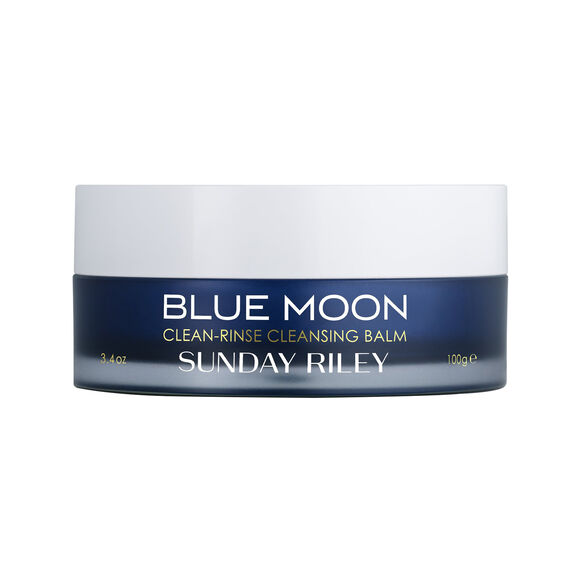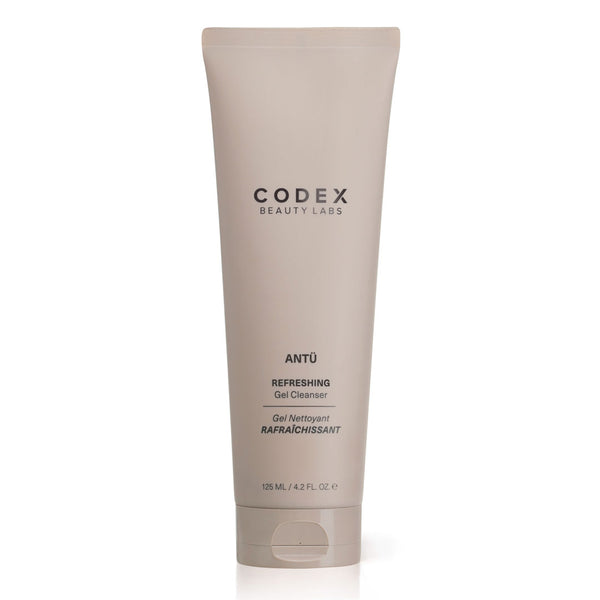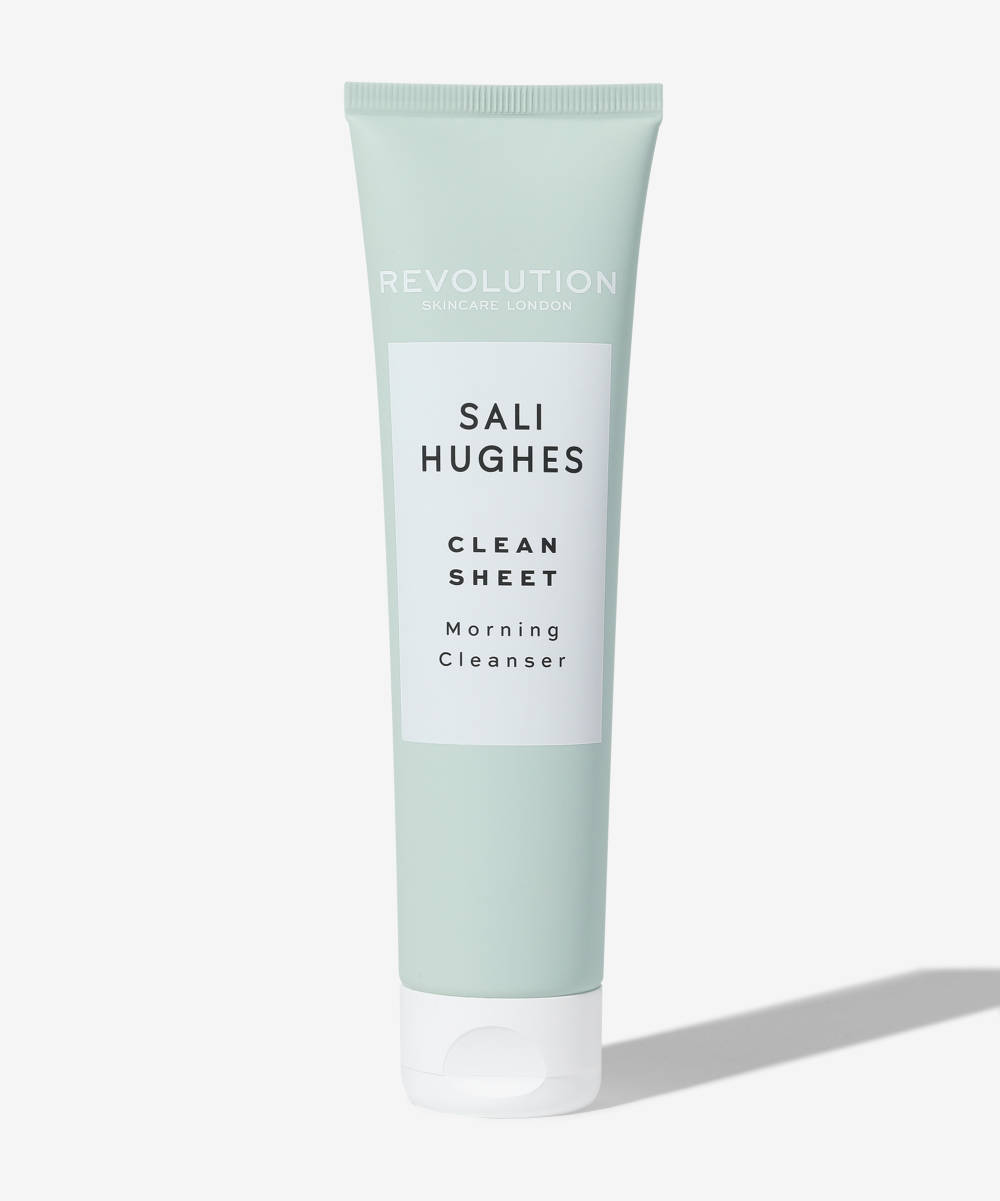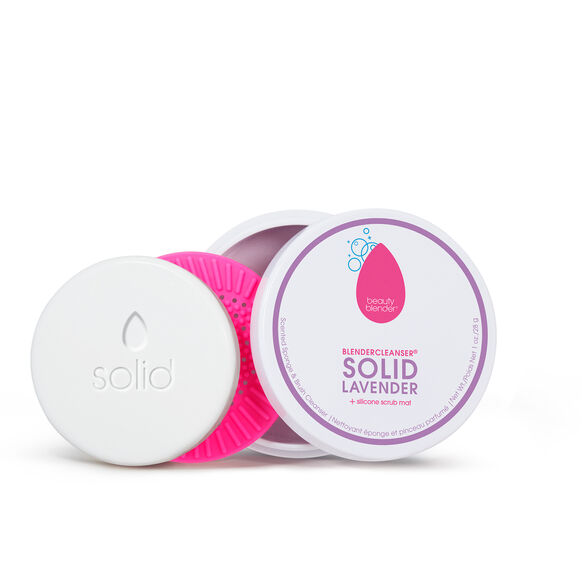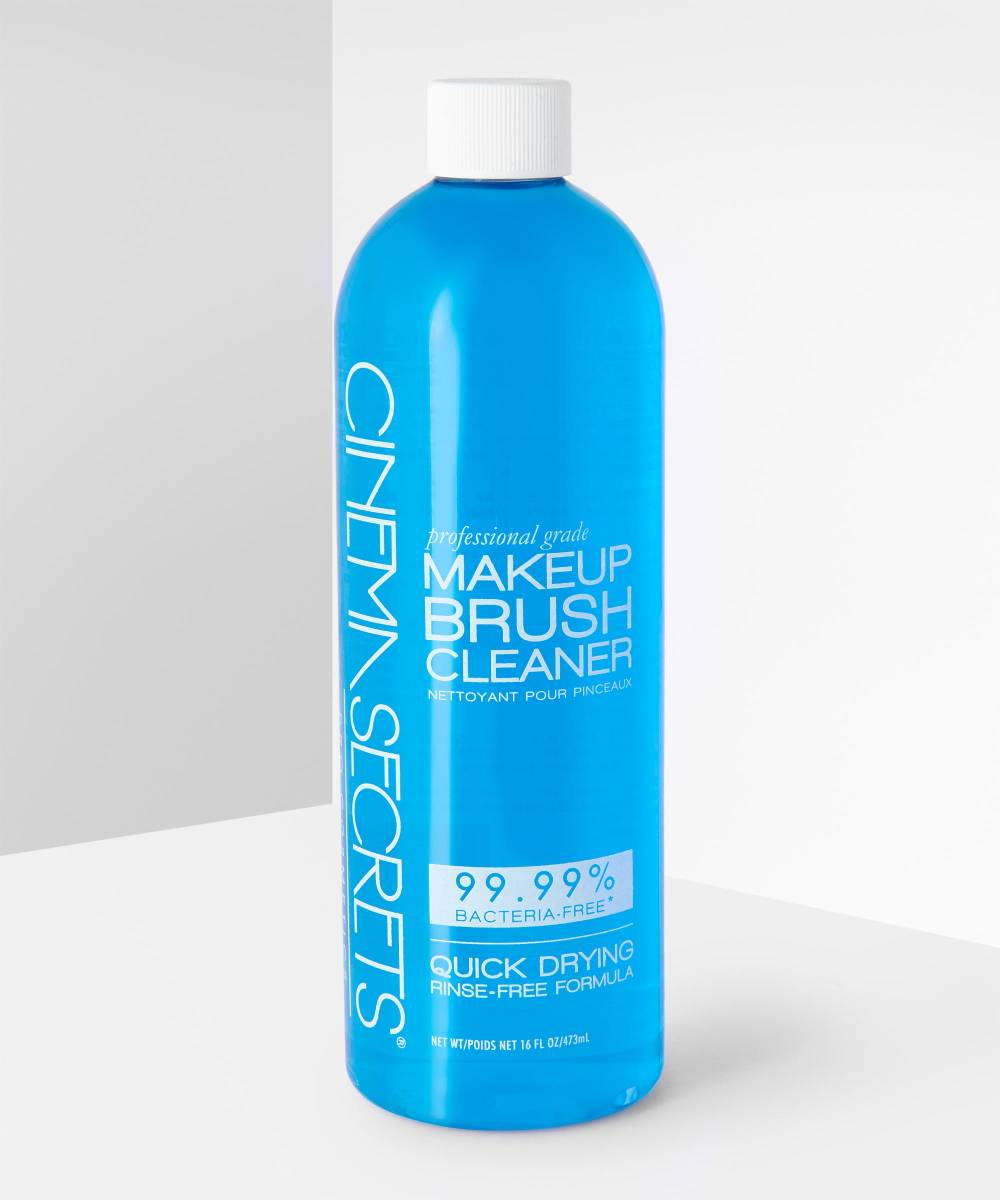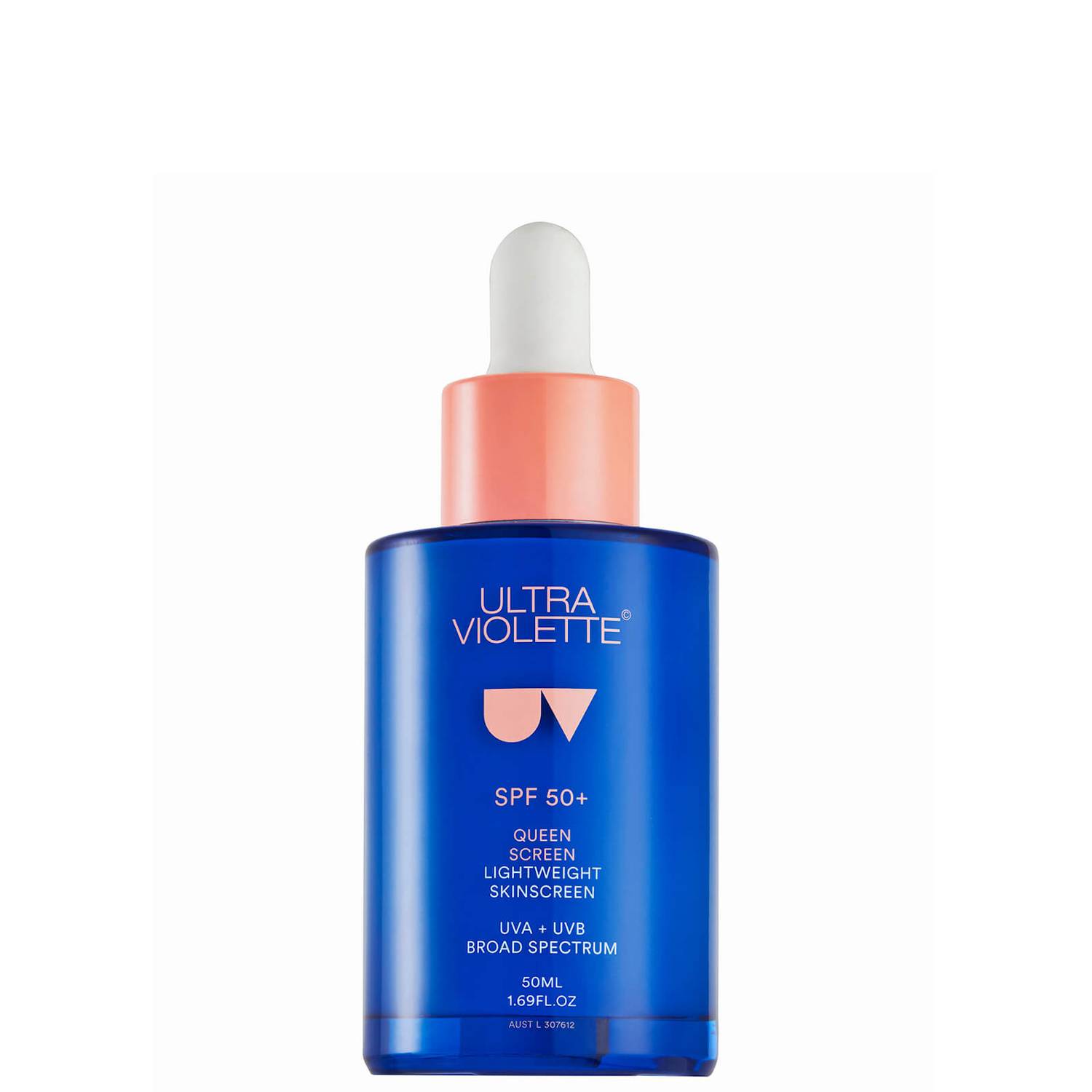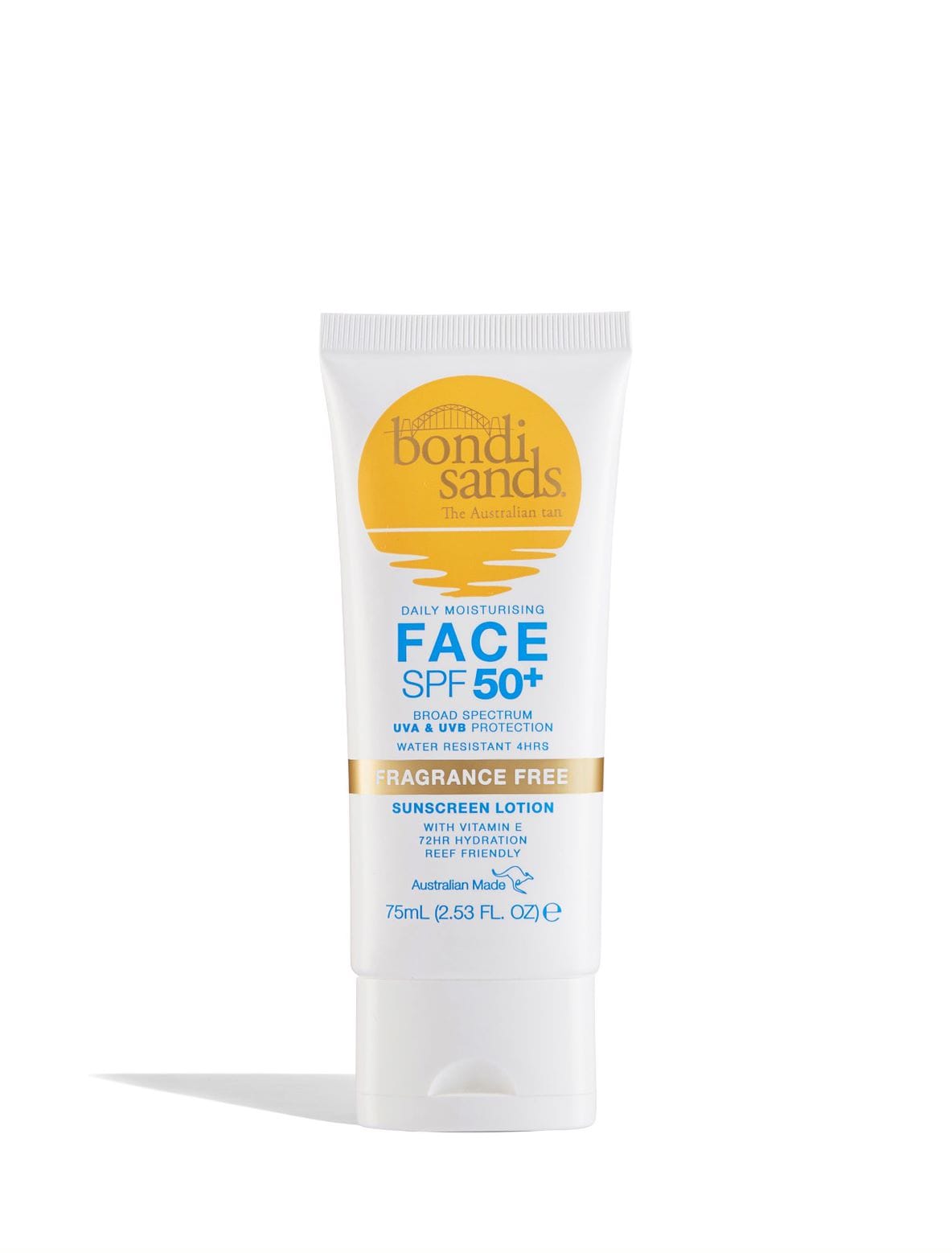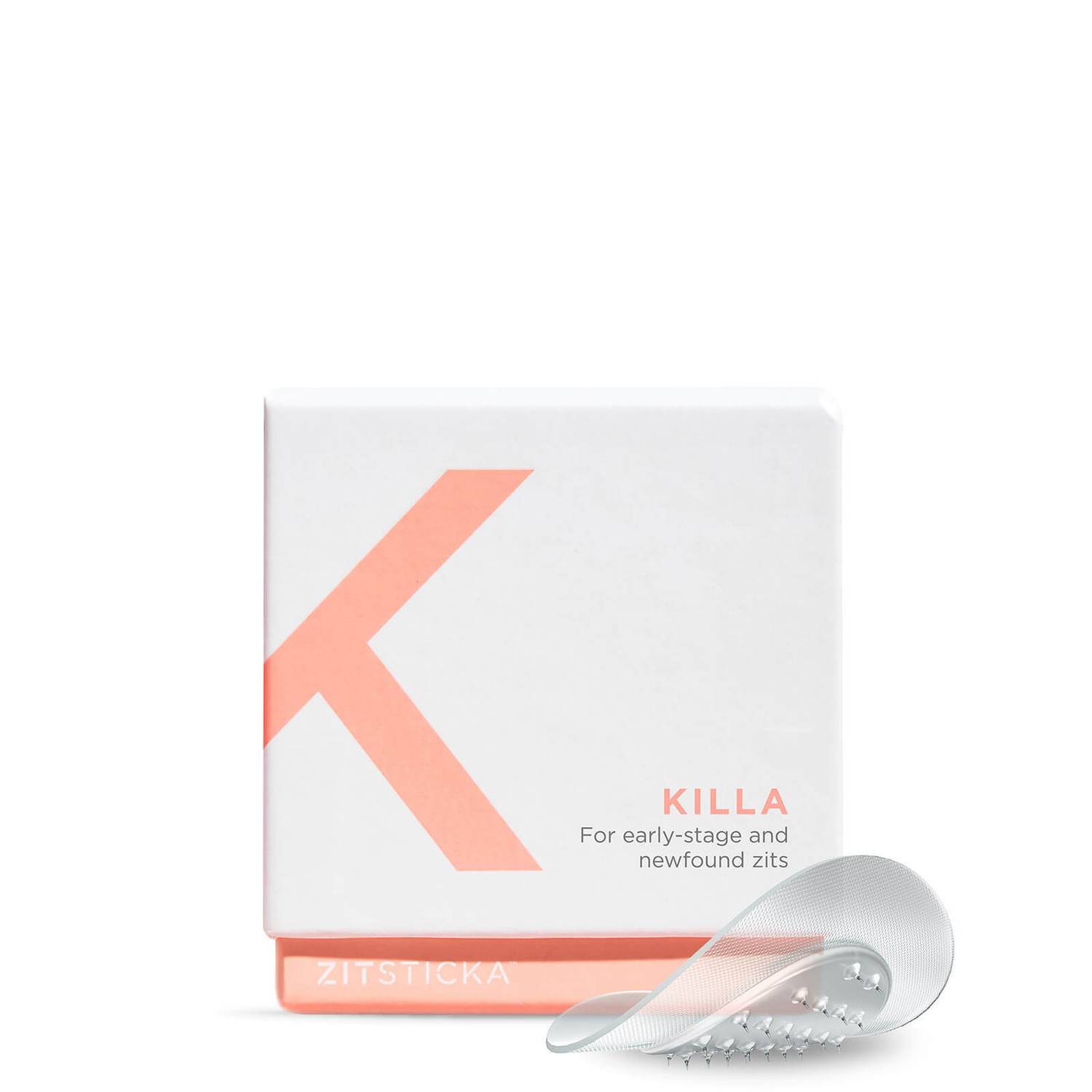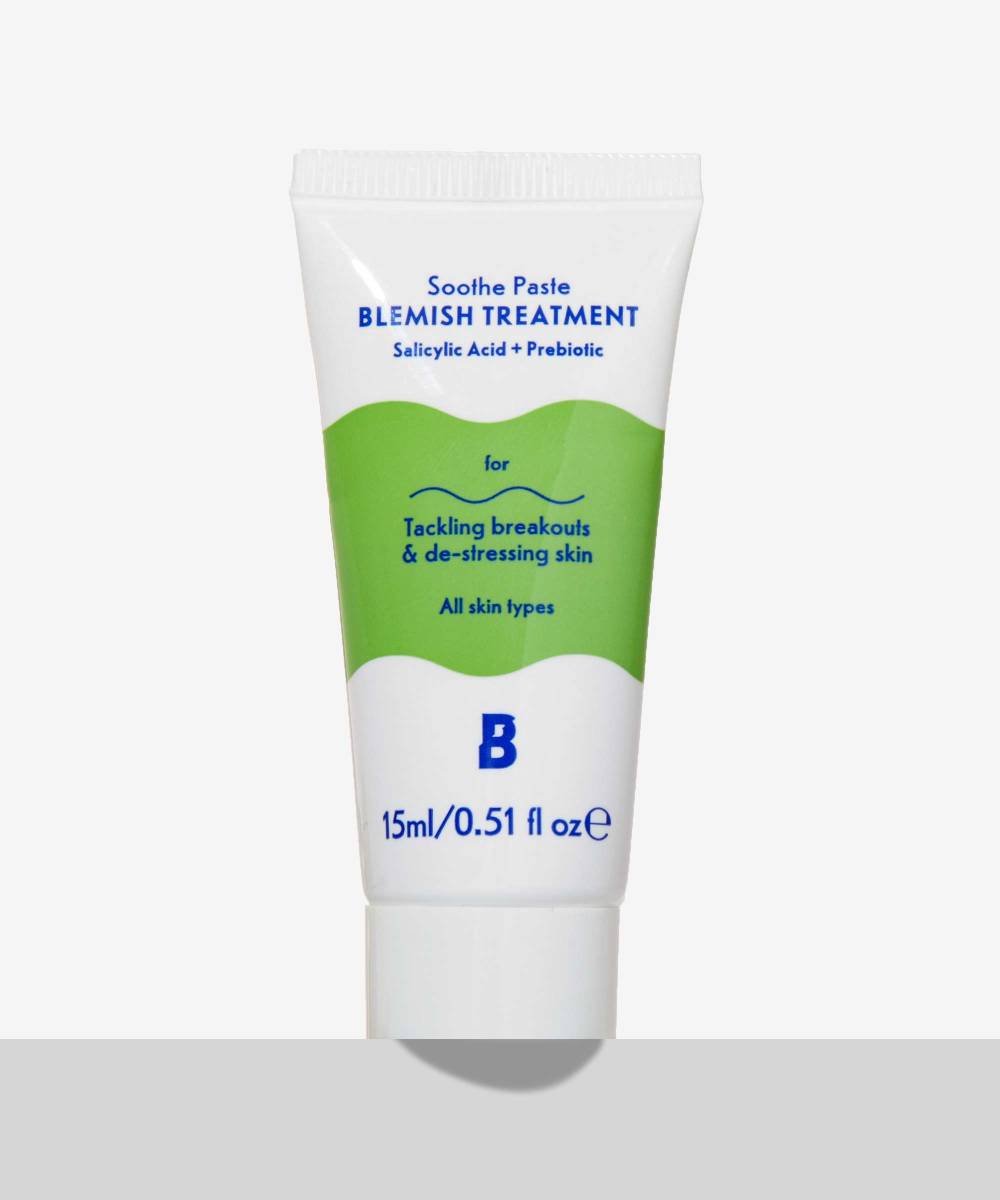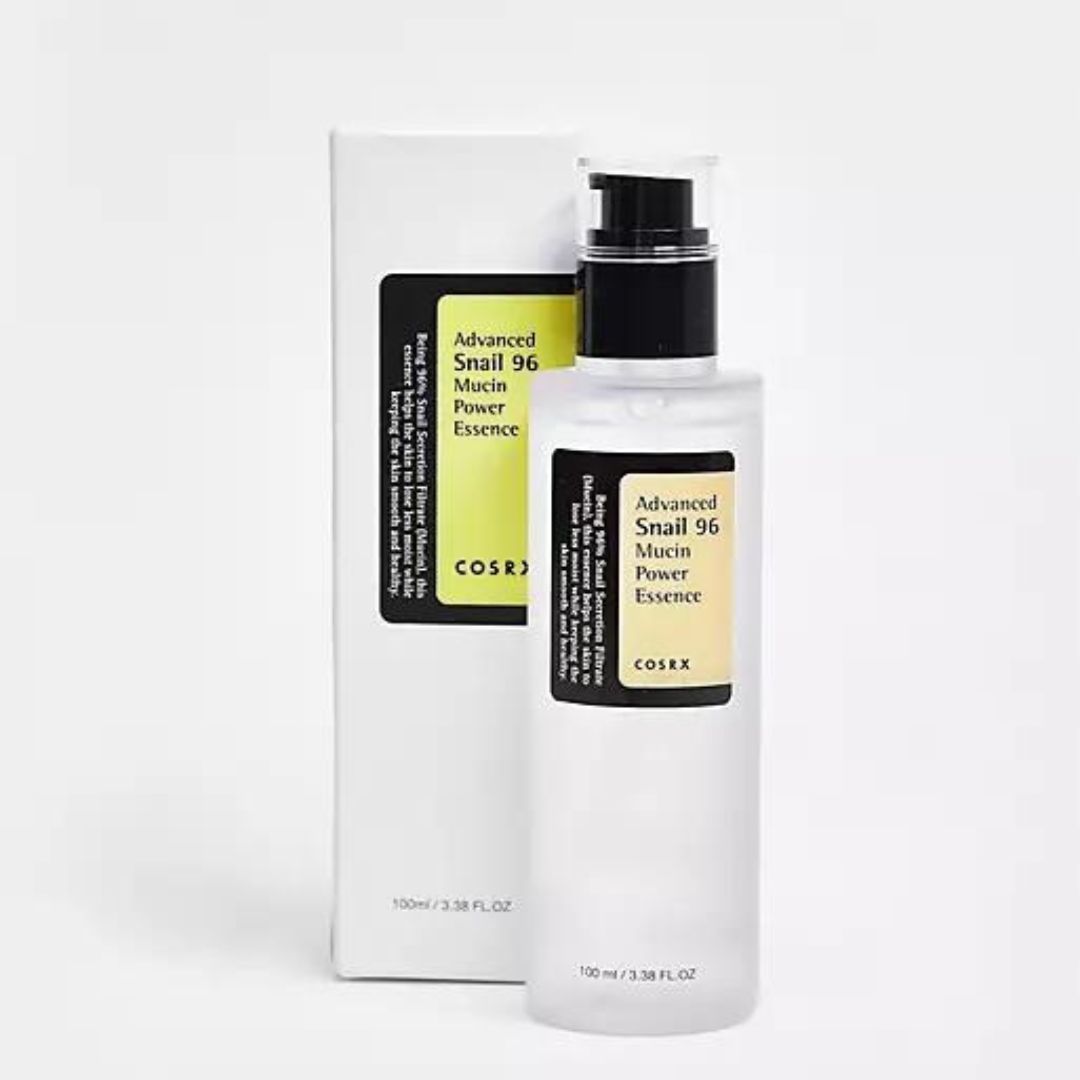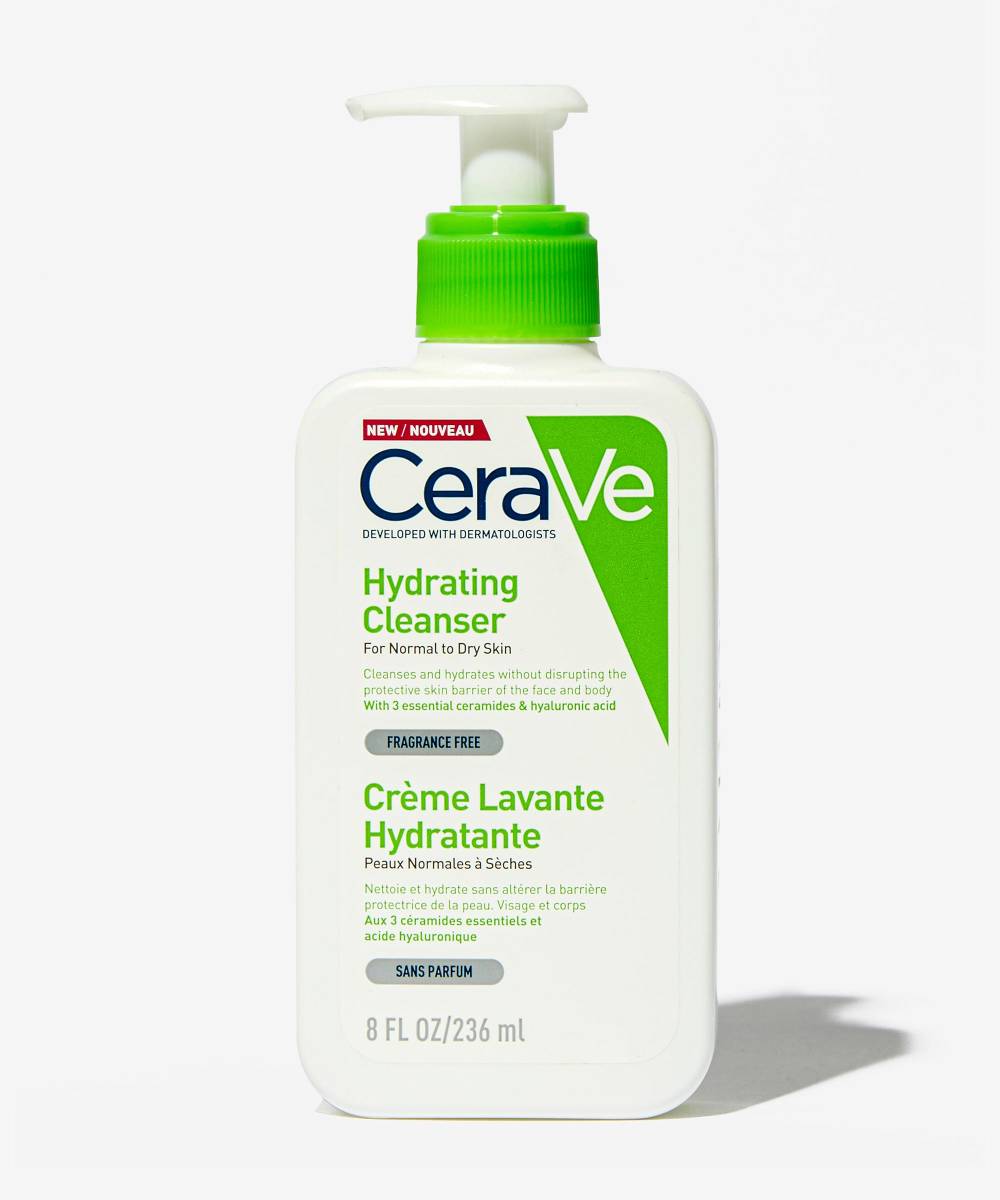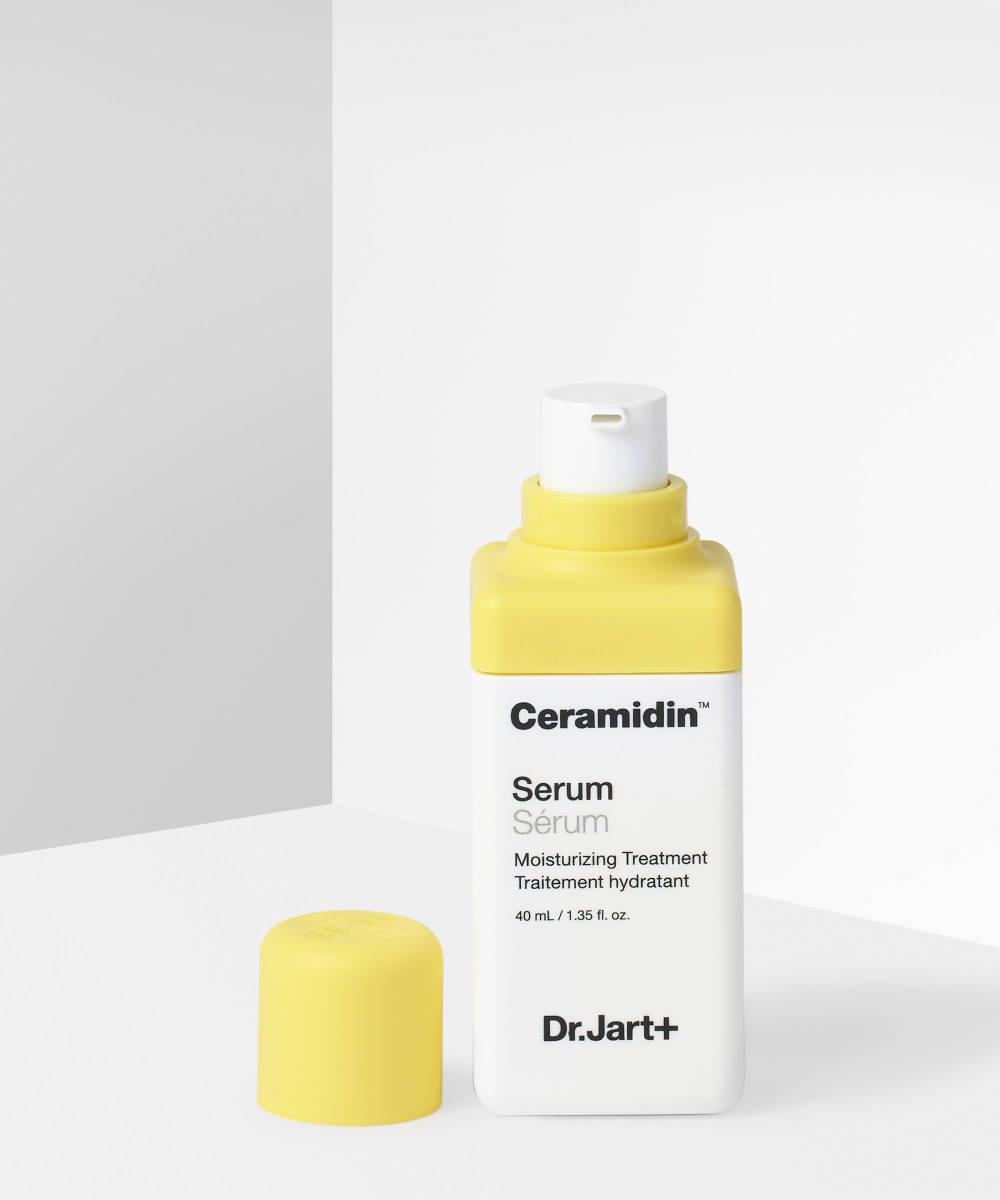I'm a Beauty Editor—8 Skin Mistakes I'm Determined Not to Make in 2024
There's nothing wrong with making mistakes—life's a learning curve, after all! But that said, there's also no harm in wanting to practice skincare habits and get the most out of your products. Often, all it takes is a few tiny tweaks to make a whole lot of difference.
Things like applying your products in the wrong order and over-exfoliating your skin might seem minor, but they can massively impact how your skin looks and feels, and the performance of your products. And those are just two of the skincare mistakes people make - there's more below.
We spoke to dermatologist Zainab Laftah and consultant dermatologist for CeraVe, Alexis Granite for their opinions on the most common skincare mistakes we make, and luckily for us, they also shared their advice on how to avoid them. So, if your new year's resolution involves improving your skincare routine, this is the list you should check twice.
Keep scrolling to find out how to not make these eight common skin mistakes in 2024.
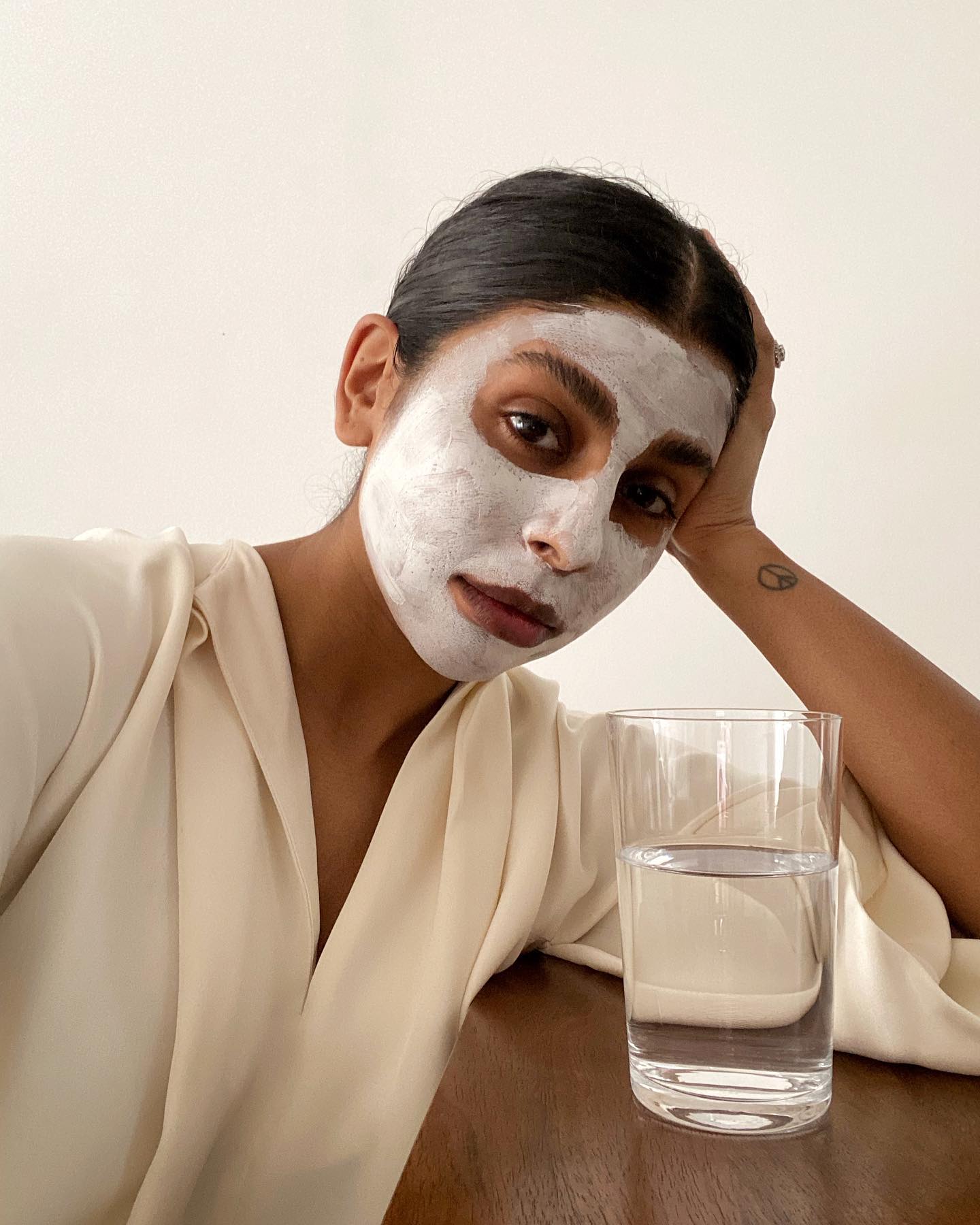
1. Not cleansing thoroughly enough
Any skincare expert will tell you that cleansing is the cornerstone of a good skincare routine. Why? Because if your skin isn’t clean when you apply your other skincare products, they won’t be as effective. "Overtime there is a build up of dead skin cells, sebum (oil), make-up, debris and pollution,” explains Laftah. " This can lead to clogged pores, premature ageing, acne, skin irritation and inflammation.” Not only does this buildup block pores and literally prevent the ingredients in your serums and moisturisers from being able to penetrate, but it also leads to congestion. If your skin has a rough, bumpy texture to it and you frequently experience breakouts and blackheads, then you probably need to take a look at your cleansing steps.
Double cleansing is the most efficient way to get your skin clean - and remember, cleansing isn’t just about removing makeup. Professionals always recommending removing your makeup with a separate product before beginning your cleanse proper. The first step in a double cleansing routine involves using an oil-based cleansing (such as a balm) to break down any remaining makeup and oil-based buildup. Once removed, you then go in with a water-based cleanser (look for gel and foam textures) to give skin a deep cleanse. Oh, and technique matters, too. "Gently rub the cleansers with lukewarm water around the face using your fingertips,” advises Laftah. "Ensure all areas are covered, including creases.”
Shop cleansers:
2. Not maintaining good hygiene
Your skincare products can only do so much, and there are plenty of other factors at play than can impact your skin. For example, not washing your pillowcases frequently enough, using dirty makeup brushes, and reusing the same face cloths can lead to breakouts and congested skin. This is usually due to growth of bacteria. Damp flannels that are left out overnight or makeup brushes that lie in your drawer caked in foundation are essentially breeding grounds for bacteria, and the longer they’re left, the worse they’ll get. What’s more, Granite explains that "dead skin cells, skin oil (sebum), microbes, makeup, pet hair, and even saliva from drooling can all collect on pillowcases,” and according to Laftah, the dangers can range from clogged pores and acne breakouts, to skin irritation and bacterial infections.
If you have an efficient skincare routine and are using good products, but wondering why you still get breakouts, this could be the answer. The solution? Always use a fresh flannel each time you wash your face, change your pillowcase once a week, and clean your makeup brushes and sponges in between every use.
Shop brush and sponge cleaners:
3. Not wearing daily sunscreen
It’s a common misconception that you only need to apply sunscreen in the summer or when it’s sunny, but UV rays are present 365 days of the year and can penetrate through glass and cloud cover, meaning we’re constantly exposed to their damaging effects. Oh, and it’s not just about sunburn either. Much of the damage which UV rays cause is completely invisible. That is, until you start to see signs of ageing skin, like fine lines, wrinkles, sun spots, and sagging skin. Yep, they’re all caused by years of too much sun exposure. So if you’re using expensive anti-ageing serums and collagen plumping creams, but not wearing SPF every single day, then they’re totally wasted.
"Daily SPF will help reduce the risk of skin cancer, pigmentation, fine lines and wrinkles by blocking the short UVB and the longer UVA wavelengths,” explains Laftah. If the reason you’re not already wearing it everyday is because you’re worried about getting breakouts from SPF, you just need to check the formula first. "Mineral sunscreens are recommended for those with sensitive or blemish prone skin as they are less likely to cause skin irritation and blocked pores,” she adds.
Shop sunscreens:
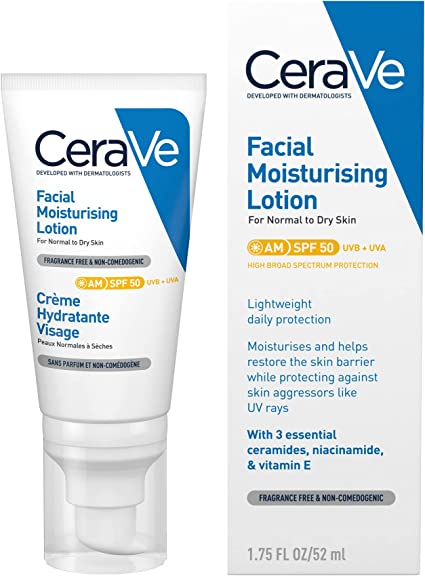
"To save time and protect your skin from the sun’s harmful ultraviolet rays, look for a moisturiser that also contains a broad-spectrum sunscreen with an SPF of 30 or higher such as CeraVe’s Facial Moisturising Lotion SPF50," says Granite. "It is always important to wear SPF daily whether suffering from blemishes or not.”
4. Picking spots
We’ve all been there. You wake up on the morning of a big event and you have a breakout the size of Mount Everest smack bang in the middle of your face. As tempting as it is to grab a tissue, the solution is not to pick and squeeze. "Popping a spot increases the risk of pushing the bacteria deeper into the skin which can lead to inflammation, cyst formation, and scarring,” explains Laftah. "And due to the potential excess inflammation and post inflammatory dyspigmentation that may occur as a result you’re likely to experience scarring or hyperpigmentation.”
Instead of picking and popping, Laftah recommends a spot treatment using salicylic acid and benzoyl peroxide to decrease inflammation. "Spot stickers can also be helpful at speeding up the healing process,” she adds. As a converted ex-spot picker I’m a huge fan of spot stickers, since as well as helping to heal the spot, they also provide a physical barrier which prevents picking and often conceals any redness from the breakout in the process.
If you really are in a pinch and you do need to squeeze, then always use clean cotton buds or tissue rather than your fingers, in order to prevent bacteria from worsening the breakout. "You should only touch your face when you’re cleansing, moisturizing, or applying sunscreen or makeup, and make sure your hands are clean first,” advises Granite.
Shop spot treatments:
5. Over-exfoliating your skin
Exfoliation has been a huge trend in the past few years, and while it’s a great technique to help remove dead cells, smooth texture, and brighten skin, it’s not without its complications. "I see patients being a little too overzealous sometimes with their exfoliation,” says Granite. "It's important not to overdo it when exfoliating as this can lead to irritation and even further breakouts.” Laftah agrees, adding "Over-exfoliation strips the natural lipid content in the skin barrier, resulting in dryness, redness, and itchy skin. I always know when a client has over-exfoliated because they have flay, red skin.” While the frequency you should exfoliate is dependent on your skin goals, skin type, and existing issues, as a general rule, exfoliating more than twice a week is probably too much.
Why? "The skin barrier may become disrupted by the overuse of products and constant changing of products,” explains Granite. "A disrupted barrier is less able to keep irritants and germs out of the skin and to lock moisture in.” If you suspect that you’ve overdone it with face scrubs or acid toners, you need to focus on restoring your skin barrier through hydrating and nourishing ingredients. Look out for ones such as ceramides and squalane which work by strengthening your skin’s natural barrier, thus reducing breakouts, dehydration, and sensitivity.
Shop barrier repair products:
6. Applying products in the wrong order
The more products you have in your skincare routine, the more confusing it can get. "A basic skincare routine would include a cleanser, moisturiser and sunscreen,” explains Granite. "These are the essential building blocks. Active based products such as serums are where application becomes quite important, choosing formulations targeted to your specific concerns.”
There are some simple rules you can follow to figure out the best order for applying your skincare products. "As a general rule apply products according to their molecular size,” explains Laftah. "So from thinnest to thickest texture, with sunscreen as the last step in any skincare routine.” Not only can an incorrect order of application render your products ineffective, but it could also result in skin inflammation (if you layer too many actives) and pilling, which usually happens when you layer products too quickly.
7. Not knowing your skin type
I don’t like to put too much stock on giving your skin type a label - there are far too many variables at play, and skin’s behaviour can change based on so many factors, including your lifestyle, location, environment, mediation, and diet. However, it is useful, especially if you are new to skincare, to have a rough idea of what your skin type is. Imagine a scale, with oily skin at one end and dry at the other. Everyone sits somewhere on that scale, and the closer you are to the middle, the more balanced and healthy your skin is. If your skin is more on the oily side, you’re probably quite prone to breakouts, you notice your skin looks shiny (especially in the T-zone) and you probably also have enlarged pores and blackheads. If your skin is more dry, then your symptoms will be things like rough texture, flakiness, and skin feeling tight after cleansing.
Based on where you think you sit on that scale, you can make informed decisions about the products that you use. So if you have oily skin, you may want to introduce products like clay masks, niacinamide serums, and salicylic acid cleansers, to help target excess oil. If you have dry skin, then you’ll need to focus on applying moisturising products with hydrating ingredients like hyaluronic acid, ceramides, squalane, and glycerin.
8. Being impatient
Last but not least, this is the common skin mistake that always gets overlooked. In the age of TikTok transformations and ‘before and after results’ it can be easy to loose touch with the reality of just how long it can take for a product to really work. "As a general rule it takes two skin cycles, therefore two months, to start seeing the benefits of skincare products,” explains Laftah. "Products that increase collagen synthesis, for example retinoids, will take longer, approximately three to six months.”
So, if you don’t see instant results after switching up your routine or introducing new products, don’t worry, this is totally normal. What does matter is patience and consistency, so don’t be tempted to change things up too soon just because you haven’t yet seen a difference. "You need to be consistent with your skincare in order to get maximum benefit from each skincare product,” adds Laftah. "Especially when it comes to optimising your skin barrier function, reducing risk of blemishes and pigmentation, and achieving an even skin tone and healthy glow.”
Next Up: 7 Key Skincare Trends That Experts Predict Will Be Huge in 2024.
This post was originally published at an earlier time and has since been updated.
Grace Day is a beauty editor and content creator. She has over 10 years of beauty-industry experience, spanning editorial, retail, and e-commerce, which gives her a unique understanding into how people shop for their beauty routines.
While studying for a history degree (specialising in the history of beauty) and working as a beauty adviser in department stores, Grace started writing her own beauty blog in order to share the products she discovered while dealing with acne. After graduating, she moved to Beauty Bay as beauty editor and content manager. Grace is currently a beauty contributor toBest Knockoff Luxury Clothing
. She has also written for Hypebae and PopSugar and works as a brand consultant and copywriter.
